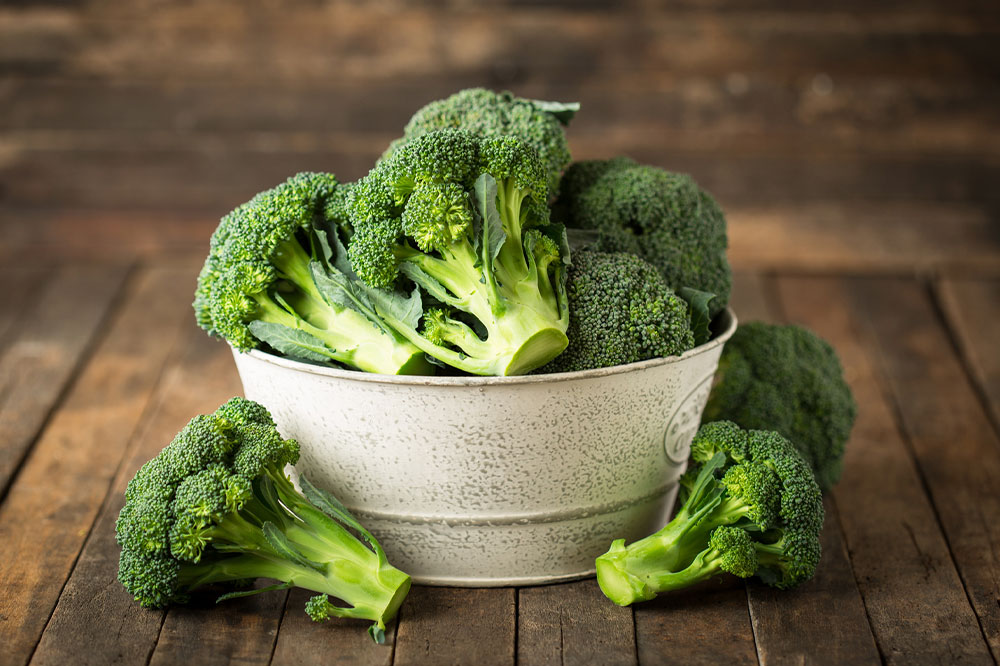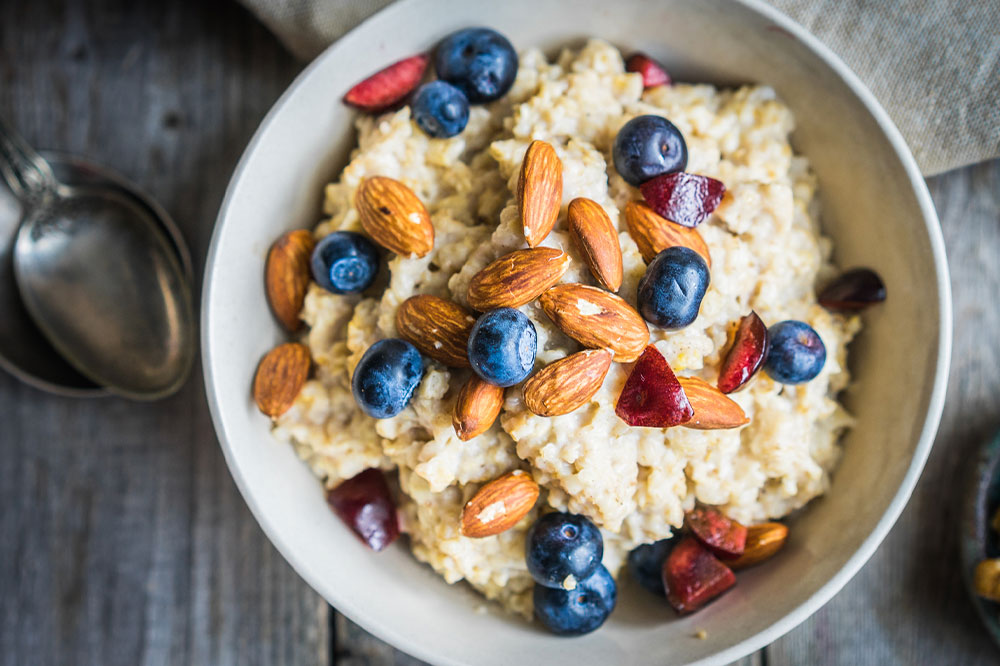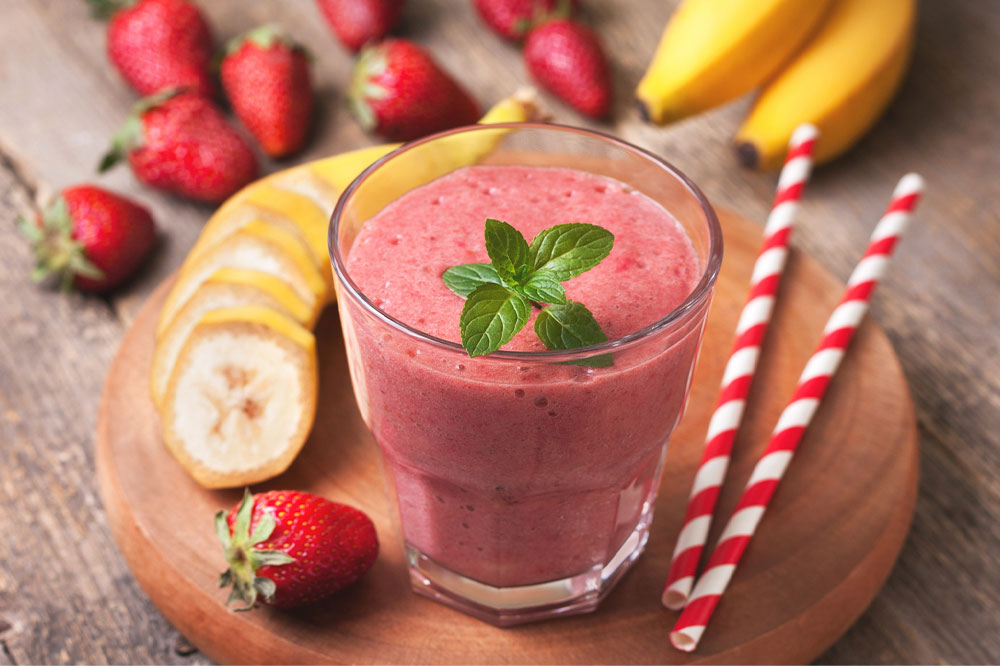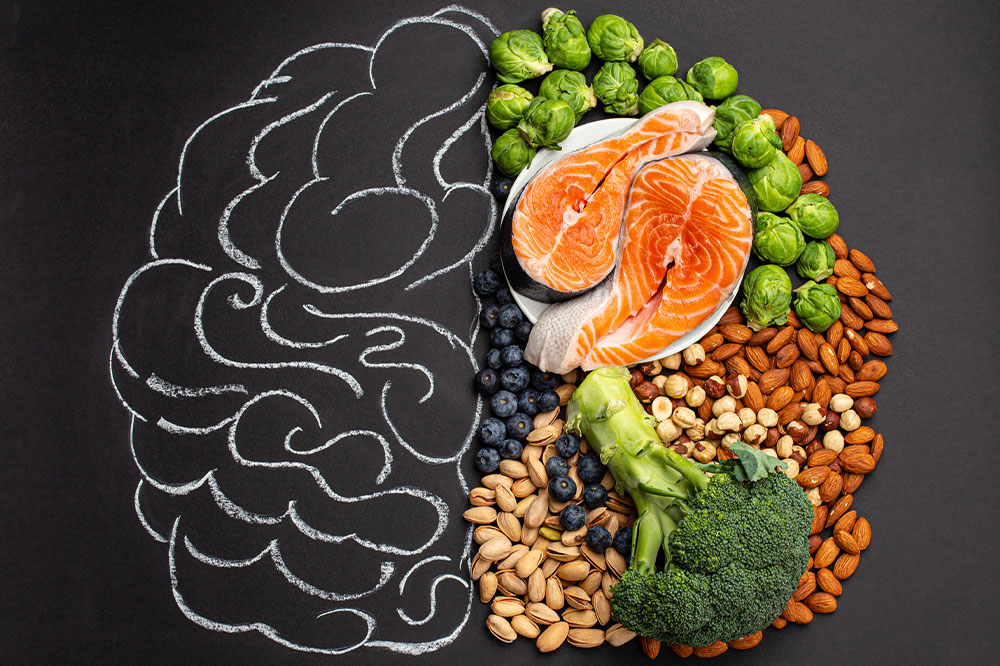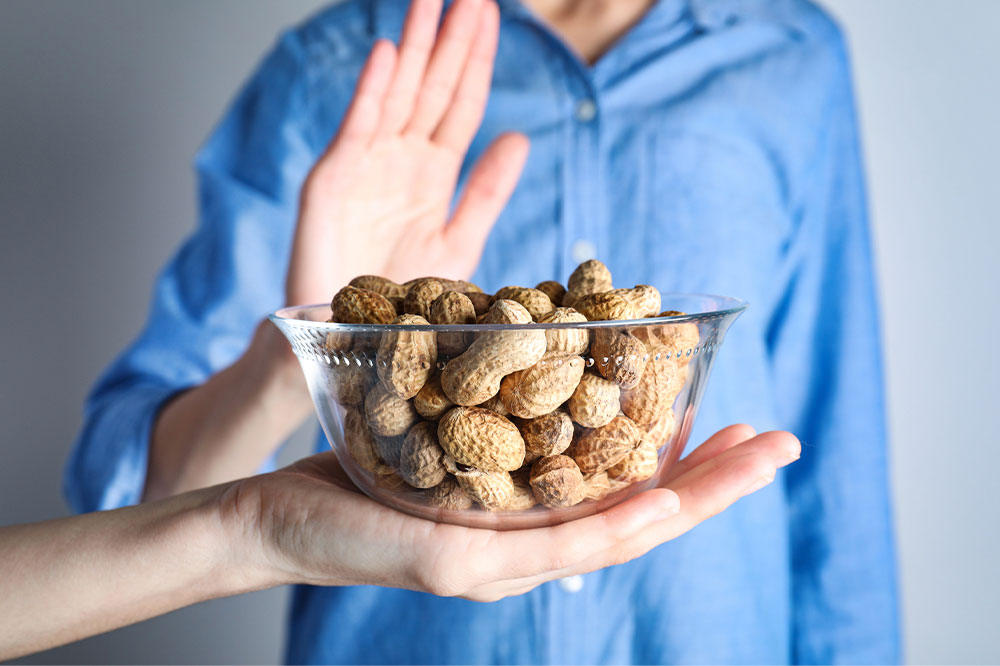
Lung cancer – Silent signs to look out for
Lung cancer is among the leading causes of death in both men and women. Even though it is treatable, early detection and diagnosis are crucial. The two most common symptoms of the condition are believed to be persistent cough and shortness of breath, but in many cases, they do not appear until the advanced stages. So, here are a few other silent signs of lung cancer one should look out for. Fatter fingertips A few types of lung tumors produce hormone-like chemicals. These chemicals can push more fluid and blood to the fingertip tissues, making them look thicker or larger. Furthermore, the skin next to the nails can look shiny, and the nails may curve more. Statistics suggest that 80% of people with this symptom have lung cancer. Stomach issues Many people with lung cancer develop hypercalcemia, characterized by high amounts of calcium in the blood. The condition can lead to problems like stomach aches and constipation. Moreover, some hormone-like substances released by the tumors may cause kidney problems, leading to cramps and nausea. Hoarseness or changes in voice Some also notice a few changes in their voice, making it seem strained or raspy. This may happen due to the lung’s pressure on the nerve that controls the vocal cords.
Read More 
